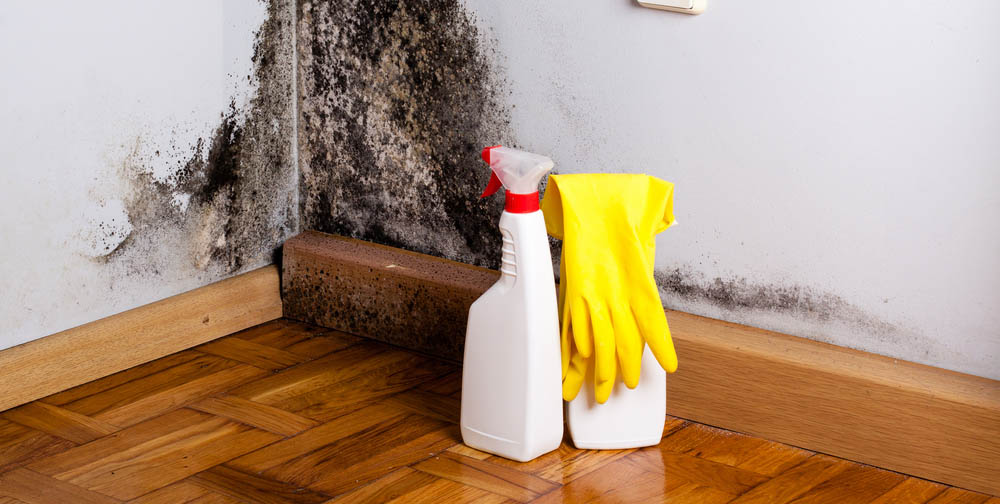A warm, moist environment, like we have in Queensland, makes perfect growing conditions for mould. A type of fungi, mould, can be fast growing with patches appearing after a day of rain in bathrooms, cupboards, ceilings, household items and clothes. Keeping on top mould is a good idea because as well as triggering asthma and allergies, it’s not particularly healthy to have it in your home.

The problem with Mould
More than just unpleasant and with negative health effects, mould and fungi can pose a significant risk to your home. Wood decay is caused by certain fungi that destroy the cellular content of wood, often leading to collapse. The moisture that encourages the mould, also attracts termites, as the decaying timber provides them with wood (carbohydrate), fungal growth (protein) and moisture. So the areas affected by fungal decay need to be treated by professionals as soon as possible to minimise not only termite attack but the destruction of timber by fungal decay.
Checking for Mould
Conduct checks for mould in your home on a regular basis rather than turning a blind eye to it. Once mould gets into porous surfaces such as carpet, furniture fabric, paper, cardboard or clothing it can be difficult to remove completely. It will also possibly leave a stain and in some cases may leave holes as mould feeds on organic matter. Semi-porous materials may fare better depending on how big the mould problem is, and non-porous surfaces including hard plastics and tiles should be quite easy to clean.
Removing mould
Getting rid of mould is relatively simple if the surface isn’t porous. It’s recommended to try vacuuming up the mould if you can but only if you have a high-efficiency particulate air (HEPA) filter on your vacuum cleaner. Otherwise, you run the risk of spreading mould spores around to other parts of the house.
For the remaining mould, it’s best to use a solution of diluted vinegar and water which kills the mould. (Bleach isn’t recommended as it just takes the colour out of mould it doesn’t kill it). For the cleaning process you’ll need three buckets:
Bucket One for killing the mould: A concentration of 80% vinegar to 20% water
Bucket Two for rinsing the cloth: A concentration of 40% vinegar to 60% water
Bucket Three for the second rinse: Plain water
The best cloth to use is a microfibre one as they have a slight electric charge and can reach into small cracks and crevices. They can also be reused by washing them on the hot cycle
The important thing is not to cross-contaminate when you’re cleaning mould, which is why you need to rinse your cloth throughout. Always do a patch test first when you’re cleaning a mouldy surface.
Mould Prevention
Mould needs four things to grow – warmth, moisture, spores and nutrients – and of these, moisture is the easiest to control. Dehumidifiers, air conditioning, fans and DampRid Moisture Absorbers are all good ways to reduce humidity and prevent mould.



